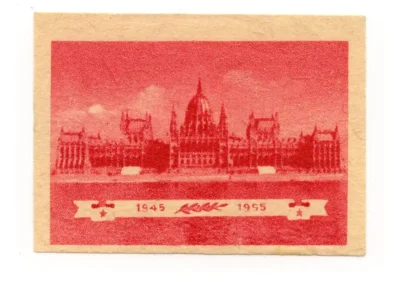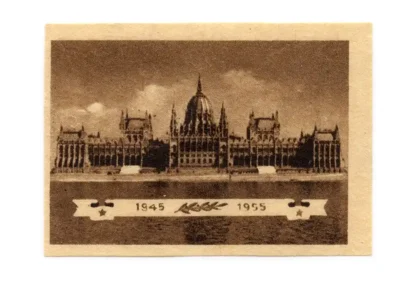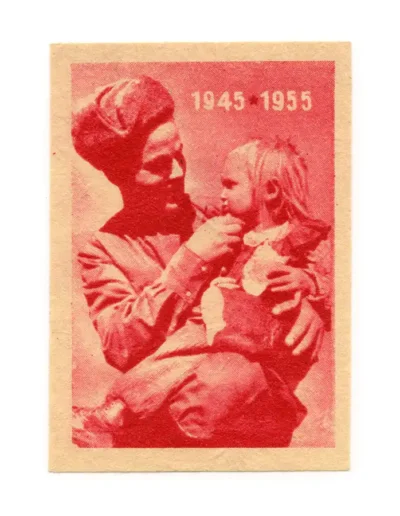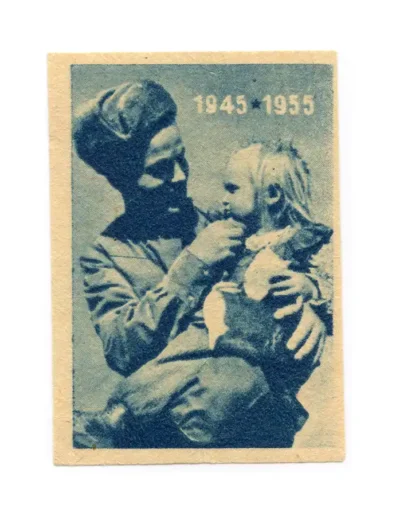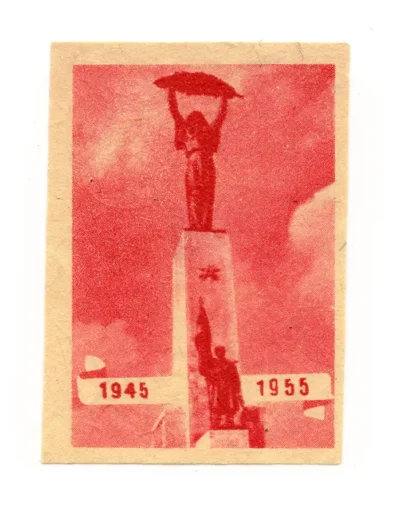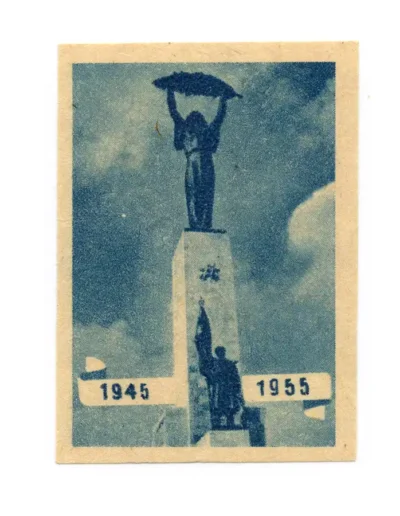World War II, a global conflict that reshaped the political, social, and economic landscape of the world, left an indelible mark on Hungary. Situated in Central Europe, Hungary found itself in a precarious position during the war, navigating alliances, invasions, and profound societal changes. This blog post aims to explore Hungary’s complex role and experiences during World War II, shedding light on its challenges, decisions, and the impact on its people.
The Prelude to War: Aligning with the Axis
As tensions escalated in Europe in the late 1930s, Hungary sought to reclaim territories lost after World War I, specifically through the Treaty of Trianon. This ambition led Hungary to align with Nazi Germany and the Axis powers, hoping to revise its borders. The initial years of the war saw Hungary benefit territorially from its alliances, regaining areas from Czechoslovakia, Romania, and Yugoslavia through diplomatic and military means.The War Intensifies: Occupation and Collaboration
By 1941, Hungary found itself more deeply entangled in the conflict, officially joining the war on the Axis side. Hungarian troops participated in the invasion of the Soviet Union, marking a full commitment to the Axis cause. However, as the tide of the war turned, Hungary’s position became increasingly precarious. In 1944, realizing the potential for Axis defeat, Hungary sought to negotiate a separate peace with the Allies, a move that prompted Germany to occupy Hungary in March 1944. The German occupation marked a dark period for Hungary, as the collaborationist government, led by figures such as Döme Sztójay, facilitated the deportation of Hungarian Jews. In a matter of months, hundreds of thousands of Jews were sent to concentration camps, most notably Auschwitz, in one of the war’s most rapid and devastating episodes of the Holocaust.Resistance and the Turning Tide
Despite the collaborationist government’s actions, there were elements within Hungary that resisted the Nazi occupation and sought to aid the Jewish population. Figures like Swedish diplomat Raoul Wallenberg and members of the Hungarian resistance made significant efforts to protect Jews from deportation and death. The situation in Hungary further deteriorated as the Soviet Union’s Red Army advanced into Hungarian territory in late 1944. The ensuing battles, particularly the Siege of Budapest, were among the war’s most brutal, resulting in significant destruction and loss of life. Budapest was under siege for nearly two months before it fell to Soviet forces in February 1945.The Aftermath: A Country Transformed
The end of World War II found Hungary devastated by warfare, occupation, and the Holocaust, which decimated its Jewish community. The post-war period saw Hungary fall within the Soviet sphere of influence, leading to the establishment of a communist government that would last until 1989. The war’s legacy in Hungary is complex, marked by territorial changes, the tragic loss of life, and the reshaping of its political landscape.Hungary’s journey through World War II reflects the broader complexities and tragedies of the conflict. The choices made by Hungarian leaders, the country’s strategic geographical position, and the resilience of its people in the face of occupation and adversity offer profound lessons on the impact of global conflict on individual nations. As we remember Hungary’s role in World War II, we are reminded of the enduring need for peace, tolerance, and understanding in a world too often divided by war.
